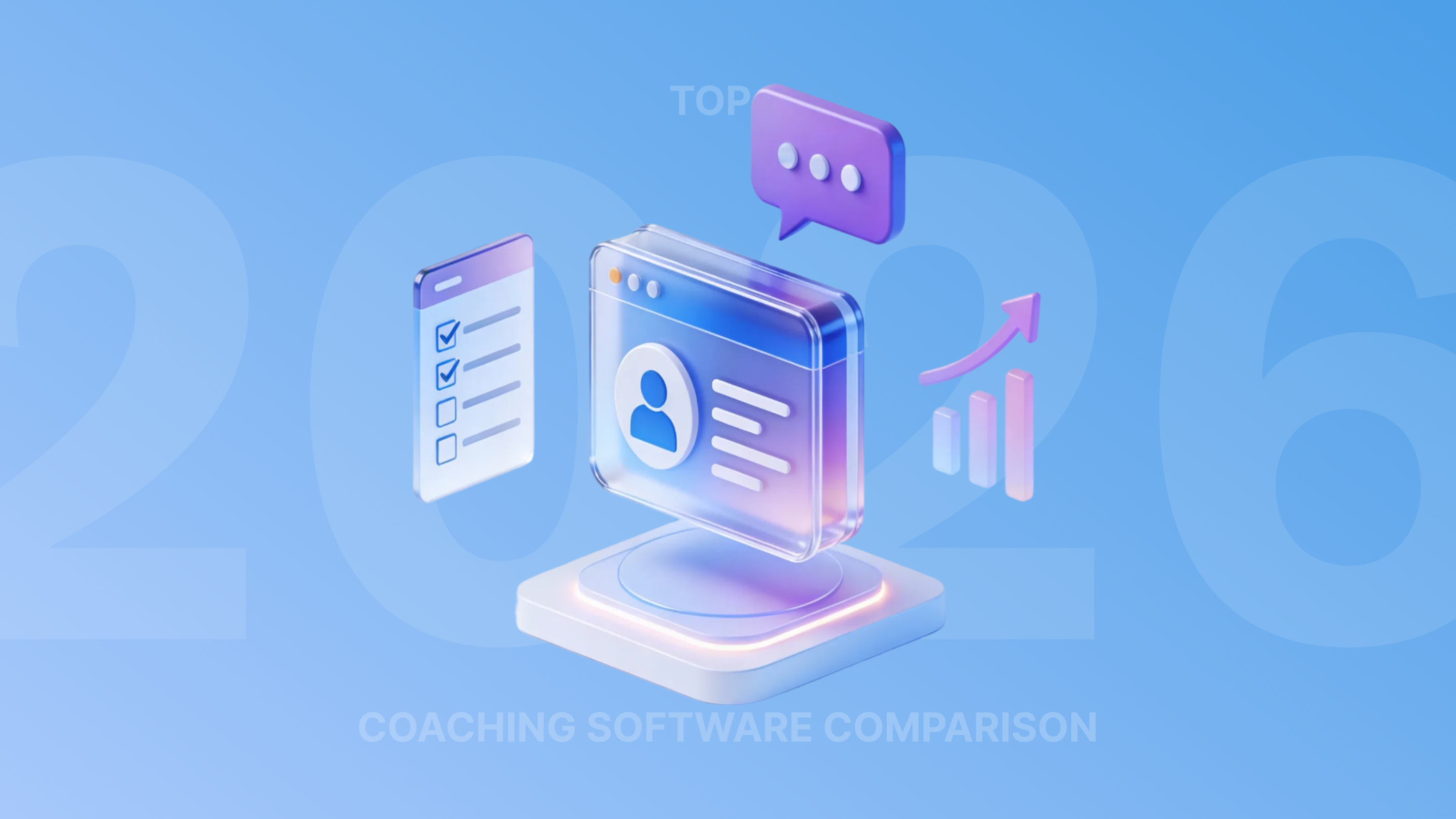How to outbound by industry
.avif)
When you tailor your outbound by industry, you stop sounding like a generic vendor and start sounding like someone who gets your prospect’s world.
It also:
- Sharpens messaging — you know what problems to talk about.
- Triggers FOMO — if their competitors are booking meetings with you, they won’t want to fall behind.
- Focuses the team — reps know exactly who they’re chasing and why, instead of boiling the ocean.
We recently launched 2-week industry sprints so reps can go deep, swap learnings, and book more in less time.
In this playbook, we’ll share how to target key personas, use prompts to generate signals and messaging, and equip your team with best practices for industry-specific outbound.
Step 1: Know the Personas & Habits
GTM Tech (Sales & Marketing Tech)
Who they are: Chief Growth Officer, CMO, Demand Gen Leader, RevOps, SDR Leaders.
What they care about: Pipeline growth, campaign performance, rep productivity.
How they buy: Tech-savvy, fast evaluators, respond well to ROI stories and competitor proof.
Best channels: Phone and email combo. Marketing responds to email, sales leaders pick up the phone.
Best practices:
When sales professionals pick up the phone, they take meetings 23% more often than the average decision-maker. Focus on quality conversations with sales professionals. Once connected they’re significantly more likely to convert into a meeting.
Marketing professionals are 128% more likely to pick up when they’re called on their cell phone, 81% higher than average. Prioritize calling mobile numbers for your best shot at connecting. Test different data enrichment providers to see which one works best for your industry.
Security Tech
Who they are: CISO, IT Manager/Director, Security ICs, DevSecOps leaders.
What they care about: Risk reduction, compliance, secure workflows, vendor trust.
How they buy: Methodical, proof-driven, multithreaded. Need a reason to move now.
Best channels: Multi-touch — warm them up with social/email before calling. Call both mobile and desk lines.
Best practices:
Security professionals are among the hardest to reach, exhibiting lower-than-average pickup rates. Take a multithreaded approach, combining calls with emails and social media outreach, to build familiarity before making a call. Leverage AI-powered dialing to boost connect rates.
Security professionals are only 17% more likely to pick up when they’re called on their cell phone. Call both mobile and office lines to be more effective when targeting security professionals. When they do answer, they are more likely to convert compared to other roles.
HR Tech
Who they are: CHRO, TA Leader, HRBP, Total Rewards, Recruiting Manager.
What they care about: Talent acquisition, retention, DEI, benefits optimization.
How they buy: Value people stories, want tangible productivity gains.
Best channels: Call HRBPs first to uncover initiatives, then call CHRO with context. Mobile numbers work best.
Best practices:
On average, companies see a 7% connect rate when calling CHROs, but 12% connect rate when calling HR business partners. Call HR business partners to understand their organization’s biggest people initiatives. Use that information to tailor your message when you call the CHRO.
HR professionals are 56% more likely to pick up when they’re called on their cell phone, 9% higher than average. Prioritize calling mobile numbers for your best shot at connecting. Test different data enrichment providers to see which one works best for your industry.
Identify Your Own Best Practices
The benchmarks and tips in this playbook come from analyzing millions of cold calls across Nooks. But the most valuable insights will come from your own calls.
You can:
- Export transcripts and upload them into ChatGPT to analyze in bulk.
- Or, use Nooks AI Call Insights — think of it like ChatGPT for your calls. You can query your library with prompts like:
- What are the most common objections reps face?
- How do top reps handle “I’m busy”?
- Show me 5 examples of calls where a rep turned around a pricing objection.
- What discovery questions lead to the longest conversations?
As you read through this playbook, consider what you’d ask your call library to validate the best practices for your team.
Cold Calling Industry Benchmarks
See how you compare to leading companies in the GTM, Security, and HR tech space:
GTM tech: 258 dials/rep/week
Security tech: 238 dials/rep/week
HR tech: 336 dials/rep/week
*Analysis of millions of cold calls made in Nooks.
Step 2: Understand the Signals That Matter by Industry
Nooks AI Prospector can surface these automatically from our library of over 100 signals, or coach your team that this is what they need to look for:

Step 3: How to Figure Out What Signals Matter
Steal this prompt:
“What signals do prospects in [industry] mention most often in our calls (e.g., hiring, leadership changes, product launches), and which of those usually lead to next steps?”
For deeper dives:
- Search 10-Ks for strategic initiatives in public companies.
- Scrape job postings for hiring spikes in relevant functions.
- Use LinkedIn profile keywords to find prospects with the right focus areas.
Step 4: Create Messaging from Signals
Once you’ve identified a signal, your job is to turn it into a clear, relevant reason to reach out — whether that’s in an email, LinkedIn message, or on a call.
Use this 3-step flow:
- Trigger — “Noticed you just [signal]…”
- Impact — “… companies in [industry] often see [problem/opportunity] when that happens.”
- Bridge — “… we help [role] solve that with [solution]. Worth comparing notes?”
Steal this prompt for emails:
“Write a 3-sentence outbound email for a {Persona} at a {Industry} company that just {Signal}. Make it specific, casual, and end with a low-pressure CTA.”
Steal this prompt for calls:
“Write a short, conversational cold call script for a {Persona} at a {Industry} company that just {Signal}. Include an opening line, problem statement, and question to spark discussion.”
Step 5: Equip Your Team
Before the sprint:
- Build the account list per industry.
- Assign clear ownership of target accounts.
- Create email + call templates tailored to each industry.
During the sprint:
- Track meetings booked per rep in those accounts.
- Share wins + talk tracks in team huddles.
- SPIFF for most meetings booked in the sprint.
After the sprint:
- Review what signals converted best.
- Update templates with top-performers.
Bonus (for Nooks customers):
- Use live battlecards to guide talk tracks in real time — when a prospect mentions a keyword or when you’re talking to a certain persona, reps get instant guidance to handle objections and steer the conversation.
- Generate cold call training bots by industry, using real calls your team has had with those personas. It’s a safe way to practice objections and sharpen messaging before going live.
Pro Tip: Get Out of the Office
Have SDRs walk conference floors in your target industries — even ones you wouldn’t normally sponsor.
This is a great way to get close to the customer, giving reps hands on experience and the chance to really immerse themselves in their target persona’s world.
They can:
- Talk to vendors and attendees.
- Ask what challenges they’re focused on this year.
- Observe event signage and booth messaging.
- Spot signals you’d never find in a database.
Bringing It All Together
Industry-specific outbound works best when your team has three things:
- A clear picture of who to target and why
- Signals that show the right time to engage
- Messaging that connects the dots for the buyer
Whether you find these signals manually or with AI, the goal is the same — spend less time guessing and more time having quality conversations.
Use the steps in this playbook to give your reps focus, shorten ramp time, and make every touch count.







